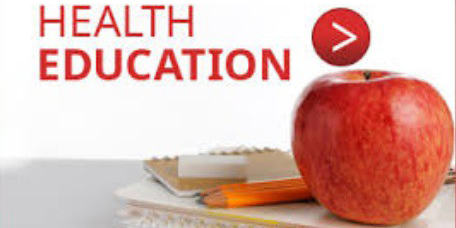Updated: 4 March 2024
Update: Term 3, 2023
This term, teams will be using the ‘Our Kids Online’ teaching resources. Teachers will pick and choose appropriate teaching content from the themes, which they think is relevant to their ākonga. Whānau are encouraged to get involved with the learning themes that their tamariki will be exploring over the term. See below for themes that different year groups will explore. Any questions/worries can be directed to the classroom teacher. This resource is also being used by other schools in the Central Taranaki Kahui Ako.
Whānau can also head to the Our Kids Online Website, under the ‘For Parents’ tab, and enrol in ‘The Big Reconnect’, which is an online Cyber Safety Course for Parents/Caregivers. Click here for further details.
Purpose:
At least once every two years, the Board are required to produce a written statement about how the school will implement Health Education. The legislation requires schools to:
- Inform the school community (parents, whānau and caregivers) about the content of the Health Education components of the curriculum.
- Consult with members of the school community regarding the way in which the school should implement Health Education
- Describe, in broad terms, the Health Education needs of the school’s students.
Guidelines:
- The Stratford School Board has delegated this responsibility to the Principal.
- The Principal may use any method of consultation that they consider will best achieve the purpose as described above. A statement on the delivery of Health Education may not be adopted until the Principal has:
- Prepared a statement in draft.
- Given members of the school community adequate opportunity to comment on the draft statement.
- Considered any comments it receives.
Question: Can parents, whānau or caregivers exclude their child from any part of the Health Education Programme?
- Individual parents of students enrolled in any state school can write to the Principal to request that their child/children be excluded from specified parts of the health programme related to Sexuality Education.
- The Principal is required to ensure that the student is excluded from the relevant tuition and that the student is supervised during that time. This requirement does not extend to exclusion at any other time when a teacher deals with a question raised by another student that relates to Sexuality Education.
Last Reviewed: Term 3, 2023.


